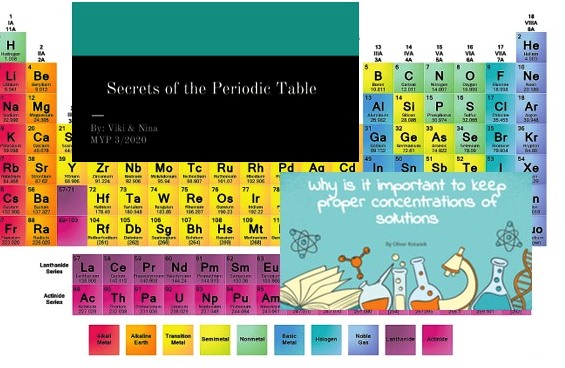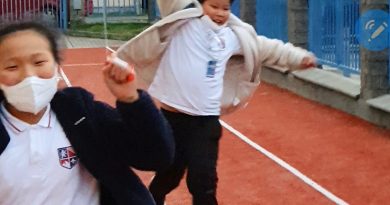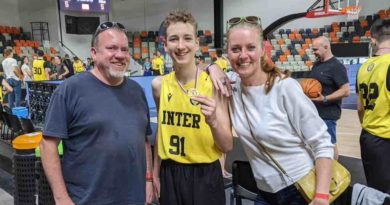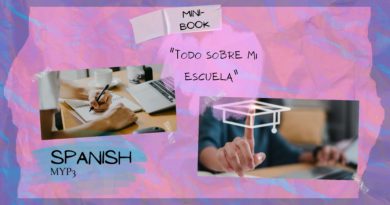“Users” and “Developers – Researchers”
We live in a dual world. The features of this world are explained by one of the fundamental laws of philosophy – the Law of Opposites.
Opposites create a magnificent variety of nature: days and nights, the heat of the tropics and the cold of Antarctica, the salty waters of the seas and the fresh water of mountain springs …
Dualism is inherent in the world of people. Among us there are “physicists” and “lyricists”, “theorists” and “practitioners”, “users” and “developers – researchers”.
At EISB, the program is structured in such a way that students learn to be simultaneously “physicists” and “lyricists”, “theoreticians” and “practitioners”, “users” and “developers – researchers”. Let’s look at an example of a science like chemistry.
Most of us are “users” of the achievements of this science. When we want to preserve fruit, we make jam by adding sugar. When we go for long-term storage of vegetables, we preserve them with salt and vinegar. This knowledge has been passed down and passes down from generation to generation and works, although many of us do not know why this is happening. However, children, unlike many adults, are interested in everything. We bring up such students in our school. From the category of “users” they move to the category of “researchers – developers” and they try to find scientific explanations for such phenomena.
Oliver from MYP2 in his research work “Why is it important to keep proper concentrations of solutions” (here) on the example of plasmolysis in plant cells actually explained the mechanism of conservation. To do this, he needed certain knowledge in the field of chemistry (mole, molar and percentage concentration of solutions, the method of preparing solutions), of physics (osmosis, concentration gradient), of biology (preparation of micropreparations from plant tissues, working with a microscope), of math (using formulas, mathematical calculations).
What prompted the student to do this research? Curiosity, desire, the ability to ask questions and find answers to them. These are clear signs of “researcher” and “practitioner”.
To the question: “Can a “theoretician” be a “researcher”?”, we can get an answer by reading the research work of Nina and Viktoria from MYP3 “Secrets of the Periodic Table“(here).
In their work, the girls showed that having only the Periodic Table in front of them, they can give a detailed description of any chemical element: from the structure of its atom to its physical and chemical properties. In addition, knowing and understanding the principle of constructing the Periodic Table, the girls gave a characteristic (structural features, possible chemical properties) to chemical element number 119, which has not yet been found in nature. Of course, these are only hypothetical assumptions. But one day the hypothesis is confirmed by practice and “viola! ” a new discovery.
Big science starts with little research like this. Discovery begins with curiosity and the ability to ask questions and find answers to them. Among our students we have future “theorists”, “practitioners”, “developers – researchers”, who will allow us, simple “users”, to use all the achievements of science and technology in our daily life, without even thinking about them.




